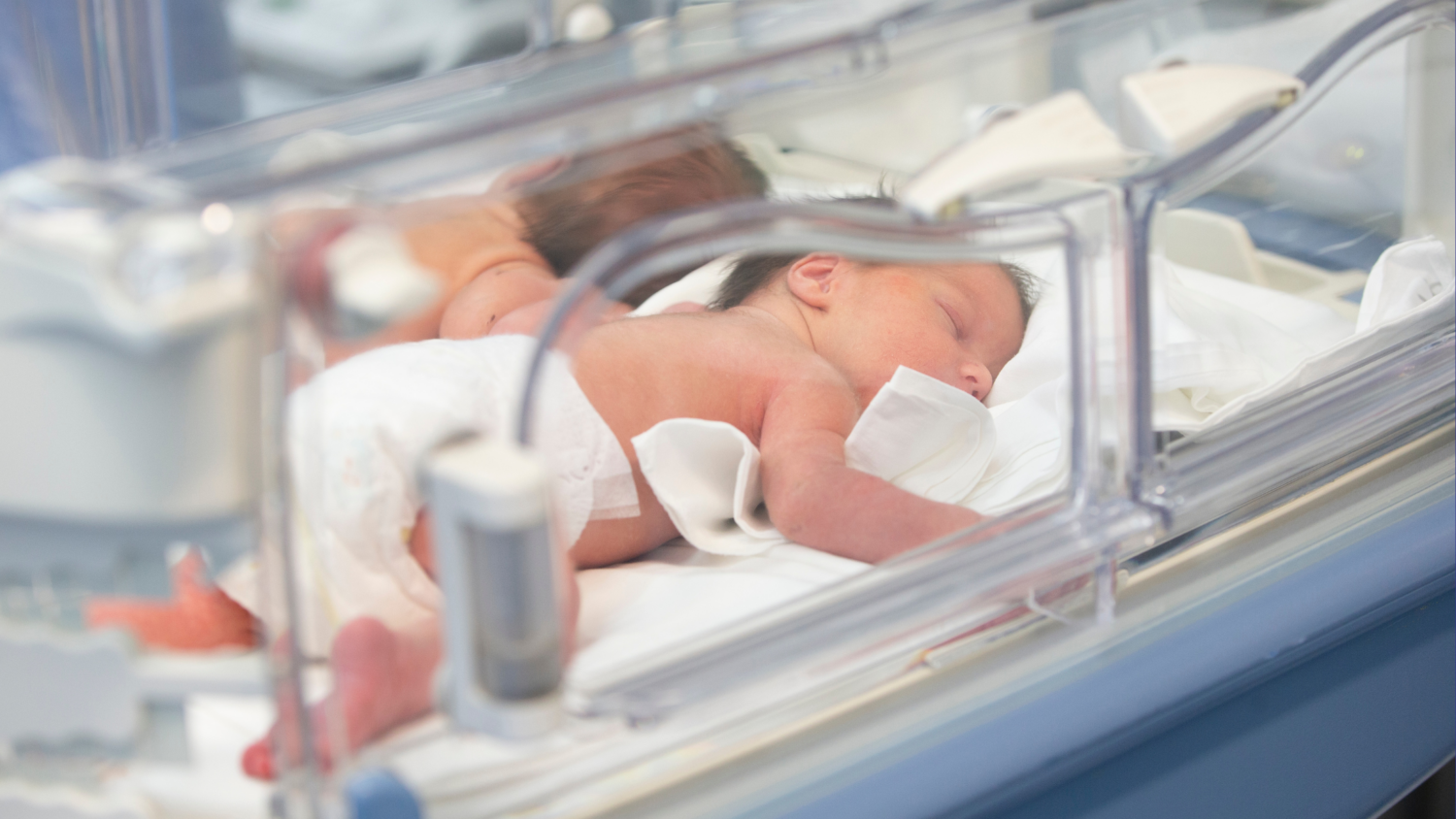
This week, CBS News reported that at least 36 babies across Europe have been infected with a dangerous and often deadly type of viral sepsis. The infection is caused by a rare type of enterovirus called echovirus-11, which typically spikes in the summer and early fall. The outbreak has some pediatric infectious diseases experts in the U.S. on edge, as the virus has been linked to organ failure and death in some cases.
From the article:
On Friday, the WHO confirmed that at least 26 infants in Croatia, France, Italy, Spain, Sweden and the United Kingdom had been infected with a rare type of enterovirus, called echovirus-11.
Eight of those babies died, with most deaths reported in France following organ failure and sepsis.
“Most enteroviruses cause a very mild disease in the children that they infect,” Dr. Mike Ryan, the executive director of the World Health Organization’s health emergencies program, said in a briefing Wednesday. “But in a small proportion, we see a much more significant, catastrophic disease.”
Enteroviruses can severely affect newborns, whose immune systems aren’t mature enough to fight off infection. There is no way to know whether this specific strain is already in the U.S. and sickening babies.
Echoviruses can be spread by fecal matter or by breathing in respiratory droplets, and they usually live in the digestive system.
Most cases of sepsis are caused by bacterial infections. However, viral infections can also lead to sepsis in some cases, especially in vulnerable populations like newborns, infants & the elderly.
Symptoms of Sepsis in Newborns:
It is important to note that although enteroviruses are common, cases of Neonatal Enteroviral Sepsis in newborns have historically been rare.
Sepsis in newborns and very young babies (neonatal sepsis), including viral sepsis, can produce a variety of symptoms. Often, these babies “just don’t look right” to their caretakers. Symptoms of sepsis in newborns and young babies include:
- Disinterest or difficulty feeding, or vomiting
- Fever (above 100.4°F [38° C] or higher rectally) or sometimes low temperatures
- Irritability or increased crankiness
- Lethargy (not interacting and listless)
- Changes in heart rate-either faster than normal (early sepsis) or significantly slower than usual (late sepsis, usually associated with shock)
- Breathing very quickly or difficulty breathing
- Periods where the baby seems to stop breathing for more than 10 seconds (apnea)
- Change is skin color-becoming pale, patchy and/or blue
- Jaundice (when the skin and eyes look yellow)
- Rash
- Decreased amount of urine
- Bulging or fullness of the spot on top of the baby’s head
You can learn more about neonatal sepsis & viral sepsis by clicking on the links below:

